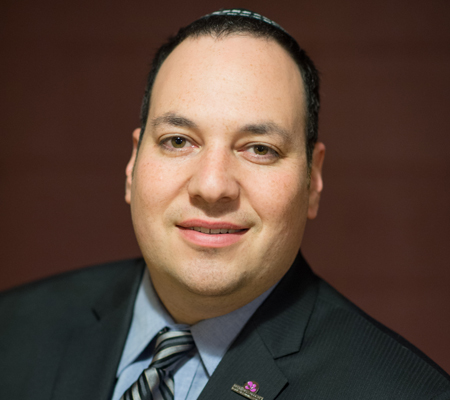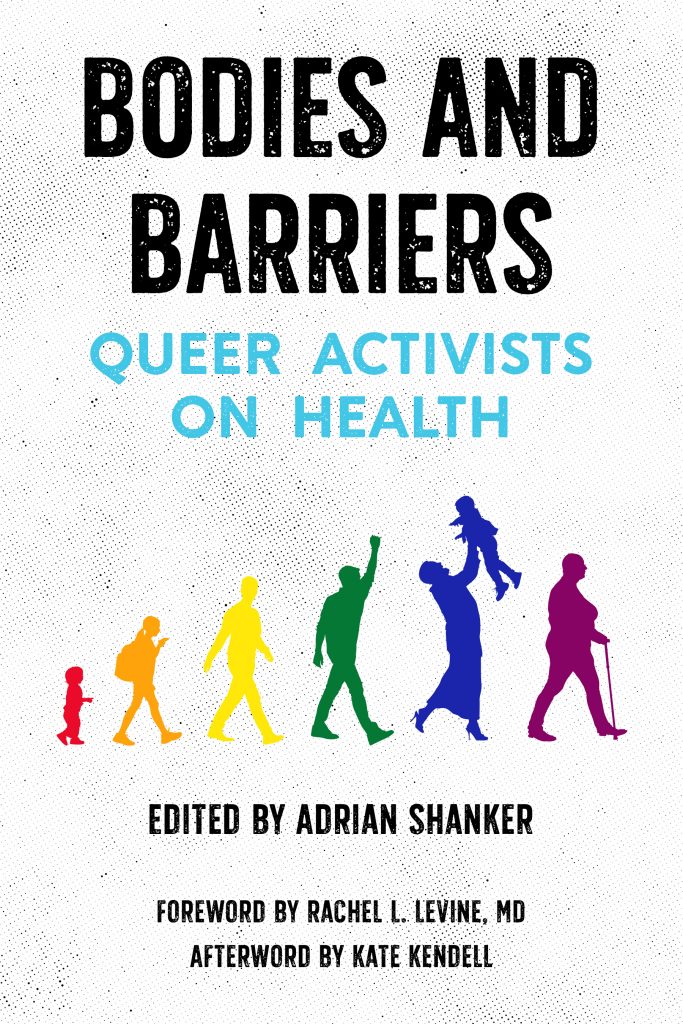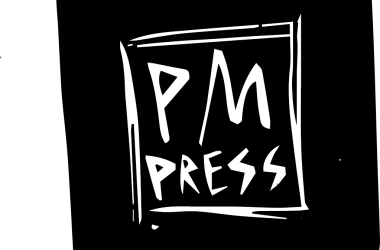By Adrian Shanker
March 17th, 2020
In her chapter ‘Gender, Cancer, and Me’ in Bodies and Barriers: Queer Activists on Health, Liz Margolies writes:
“I don’t have cancer. So far. That is a good thing.
But over a ten-year period, I accompanied four queer women to the edge of the cancer cliff, and then watched them all tumble over it and die. These were not just four people I knew and lost; they were four of my favorite people on this planet. Adria, Ruth, Jo, and Shirley all died of ovarian cancer in their fifties. During that same decade, three other friends were treated for breast cancer. What are the odds of this? Slim, I would have thought, but it turns out that this massive loss is not the product of bum luck or a poor choice of friends on my part. This is what health disparities look like in real life. When I was forced to understand this by falling face first into my grief and rage, I set out to tell the world. I was in my fifties too.”
At this moment in time, when our entire world is focused on COVID-19, and all its health implications: serious respiratory conditions, vulnerabilities for older adults, a higher mortality rate than the flu, and social isolation (as examples), it’s important to remember that parts of our community are still being left behind. To use Margolies’ words, This is what health disparities look like in real life.
When we talk about health disparities, we are talking about the differences in health outcomes between the majority population and a minority population. So for the LGBT population during this COVID-19 pandemic, health disparities impacting the LGBT population might look like:
- Increased risk factors and vulnerabilities for COVID-19 due to significantly higher smoking rates, HIV positivity, and cancer than the majority population
- Decreased likelihood of accessing healthcare due to past negative experiences because of our queer identities.
- Decreased likelihood of receiving accurate prevention information based on our lived experiences — for example, information about the virus being transmitted through fecal matter has an implication for queer sexual health that the community should be aware of — but sadly, this information is not being discusses by federal or state health departments.
- Increased experiences with social isolation during this period of social distancing, and the fear of increased mental health challenges as a result
- An aging population of people living with HIV means more of the LGBT community is experiencing higher vulnerability to COVID-19
And health disparities don’t just happen. They happen for a reason. The healthcare system was made to support the majority of the population. Right now there are lots of amazing, hardworking, selfless healthcare professionals working, at sometimes great personal risk, to provide care for the rest of us during this crisis. But we should also ask why so little information related to the LGBT community’s unique risk factors and vulnerabilities are being shared, besides the information coming from LGBT organizations like the National LGBT Cancer Network.
At a time of incredible community fear about a global pandemic, we should continue to fight for health equity — with issues surrounding COVID-19 and with all health issues. Because our health is critical to our lives.
Adrian Shanker is editor of Bodies and Barriers: Queer Activists on Health and is executive director of Bradbury-Sullivan LGBT Community Center.







